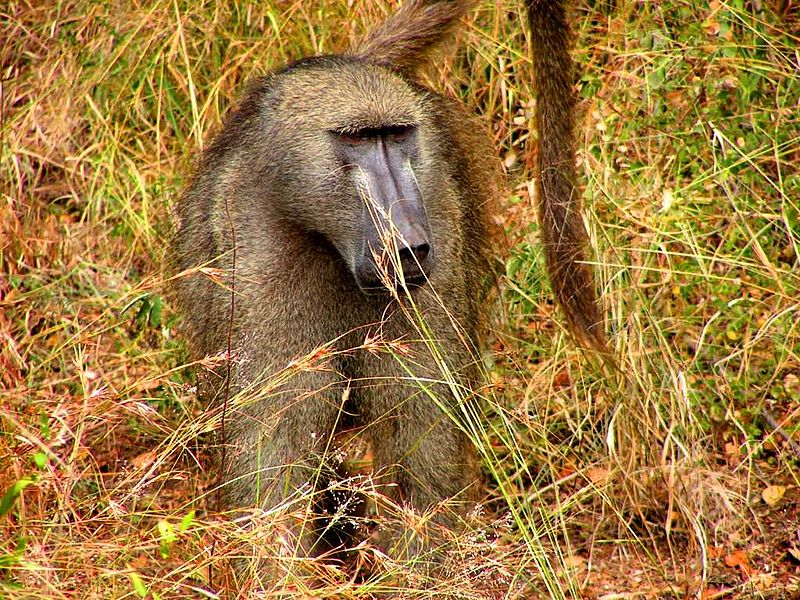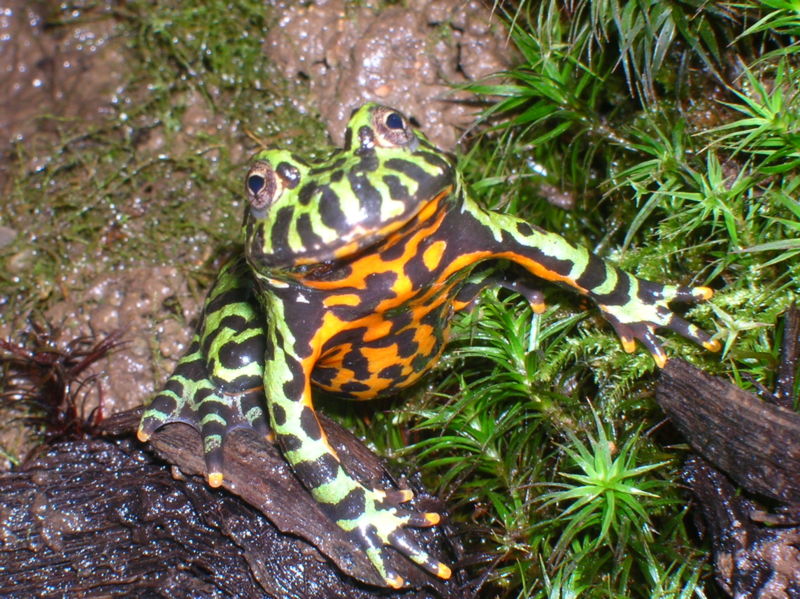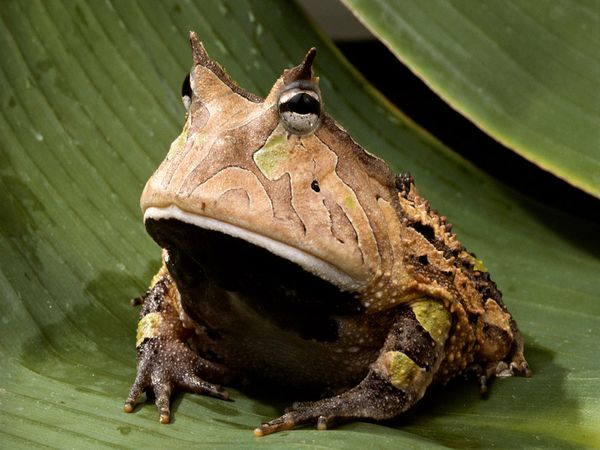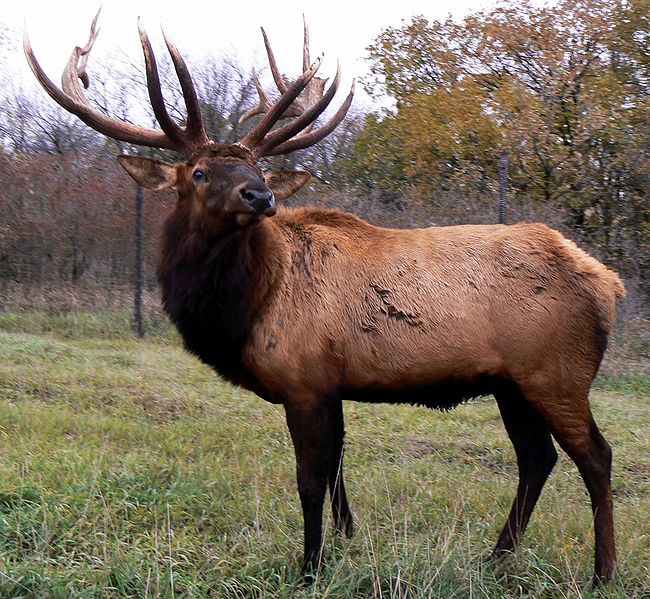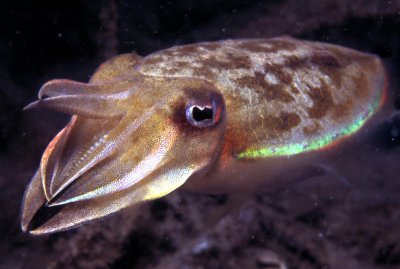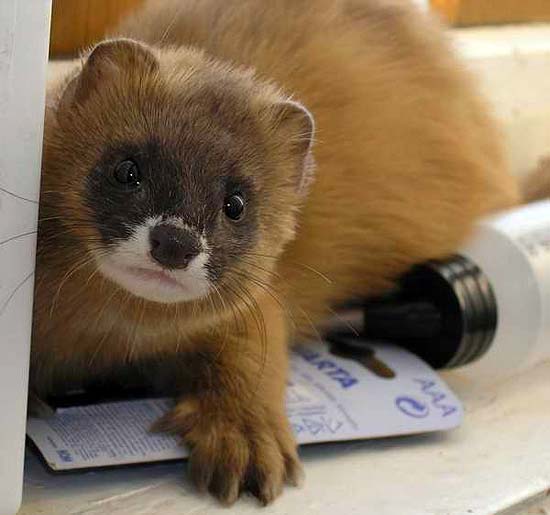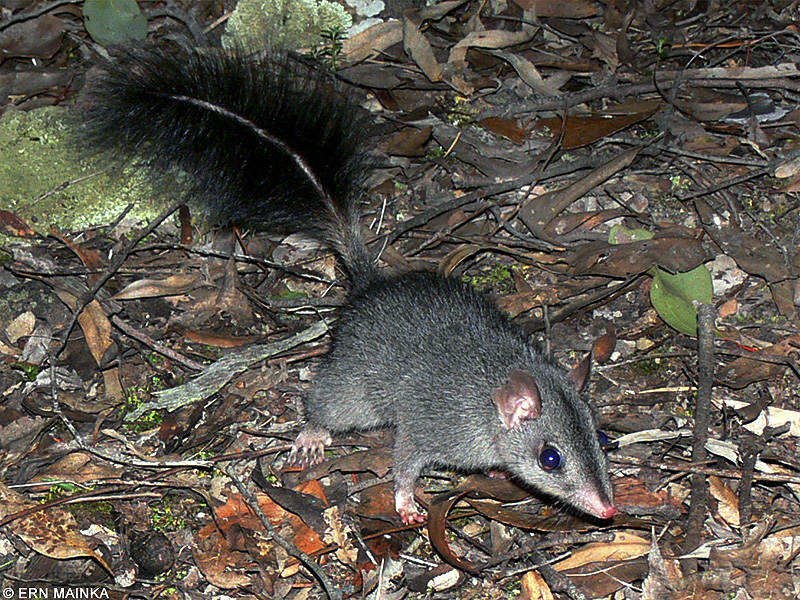
Did You Know?
- The Brush-Tailed Phascogale is a carnivorous marsupial found in Australia
- After mating season, most of the males will die from the effort expended in the search for a compatible mate
- The Phascogale is capable of rotating their hind foot backwards allowing them to climb up or down with relative ease
The Deadly Mating Season
You can’t have a Wild Fact on the Brush-Tailed Phascogale and not mention their unique, albeit sad, mating style. The solitary males will typically travel long distances in search for a perfect mate…or any mate. These promiscuous creatures will spend a great deal of energy and time locating female partners, which are typically very dispersed. In order to meet up both males and females will use reproductive hormones to attract each other. Unfortunately, the extensive use of these hormones coupled with the time spent searching for partners typically leave the males drained of any energy. Sadly, the males succumb to death after the mating season as a result of stress related diseases and gastric ulcers (caused by the extensive use of reproductive hormones). Interestingly enough, these animals are the largest known mammals in which the males die after their first mating season. Not a record I would personally want to hold.

48 Days of Motherhood
The females don’t do much better than the males as only about 6 to 16% of them will go on to give birth to another litter in the second year. It is surprising that this many survive the first mating season considering the work the females are required to do. They also release this devastating reproductive hormone to attract a mate but instead of drifting off to a never-ending sleep after mating the female is left with giving birth to 6-8 live young. Unlike other marsupials, the Brush-Tailed Phascogale doesn’t have your standard pouch for the little ones to live in. Instead, they have large folds of skin around their teats that offer protection to their young. Typically, these new-born babies will stay in this protected fold for approximately 48 days. I am willing to bet the females are envious of their male counterparts during that month and a half.

